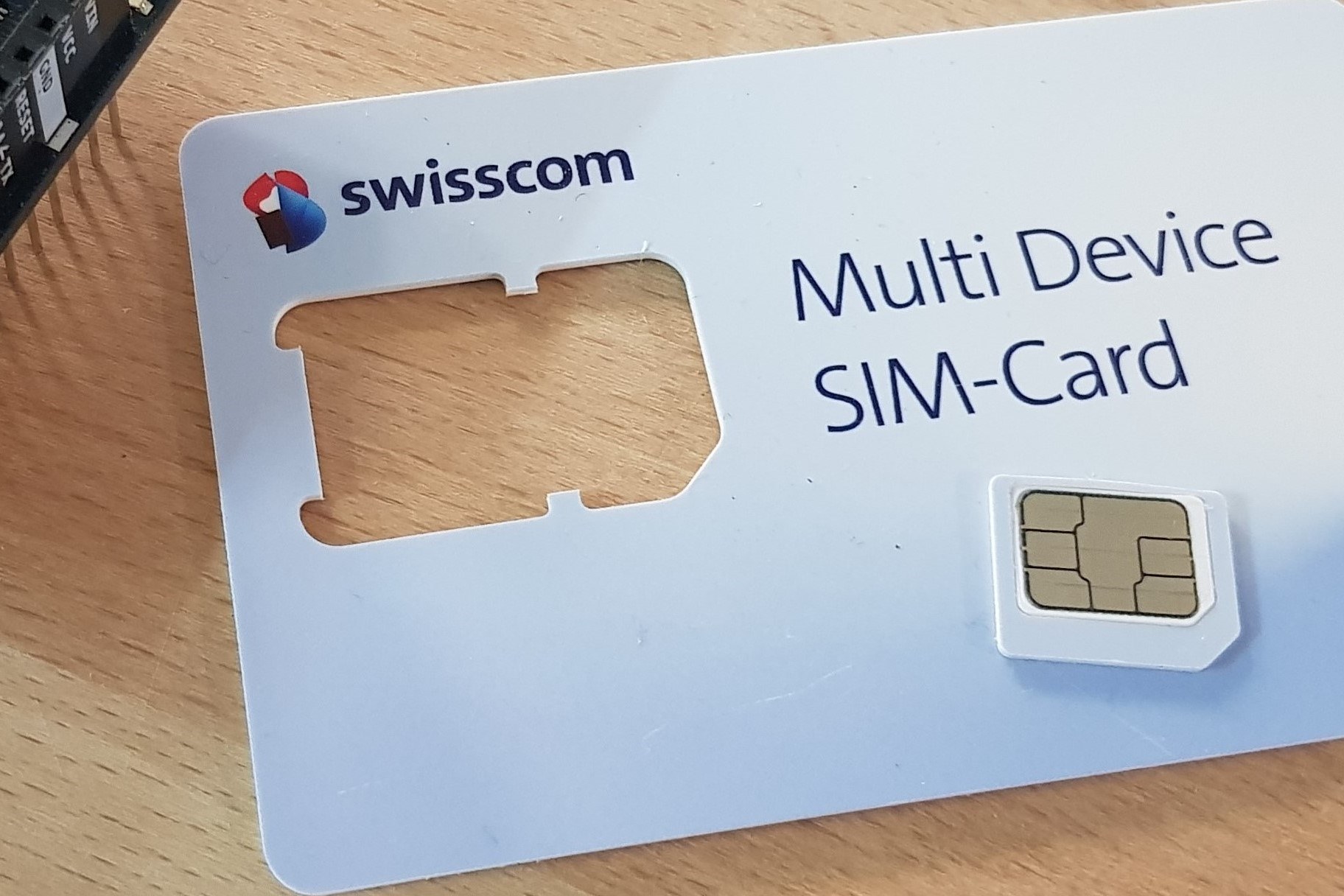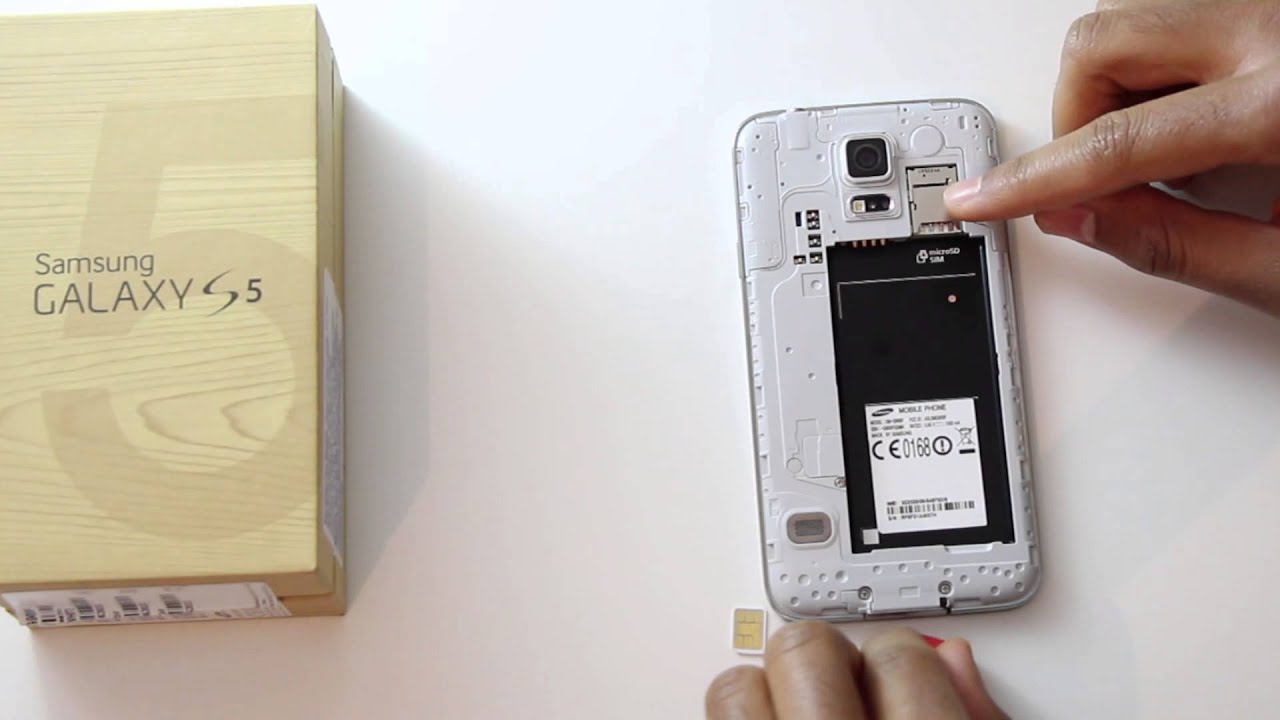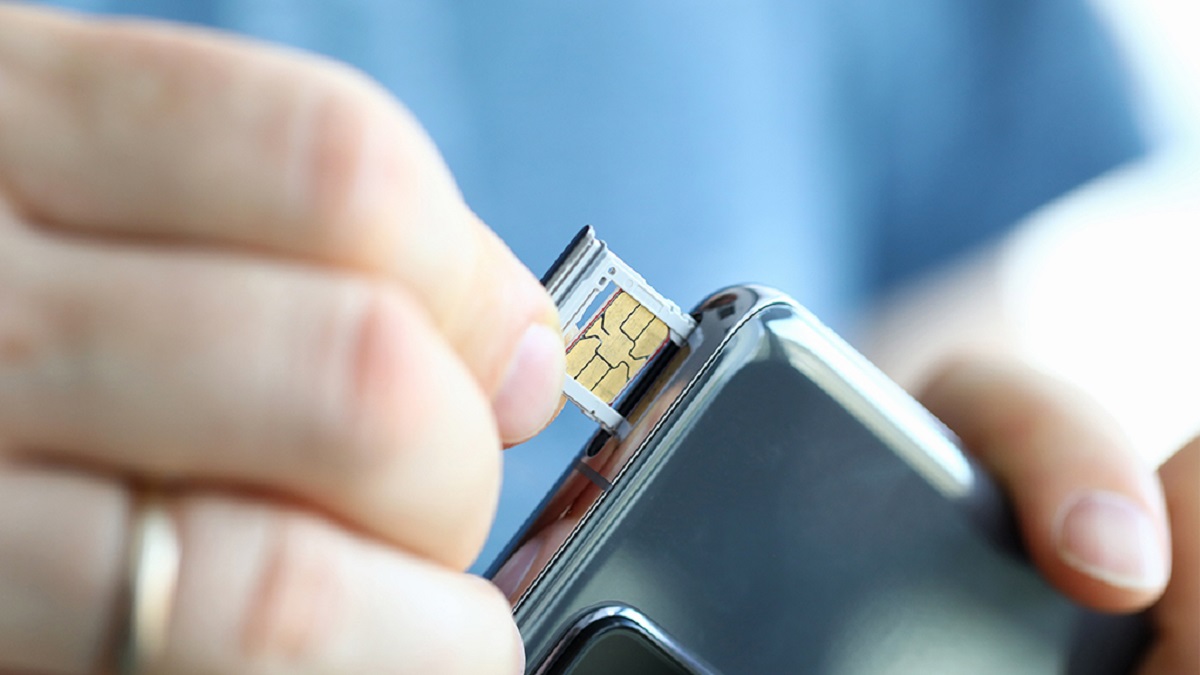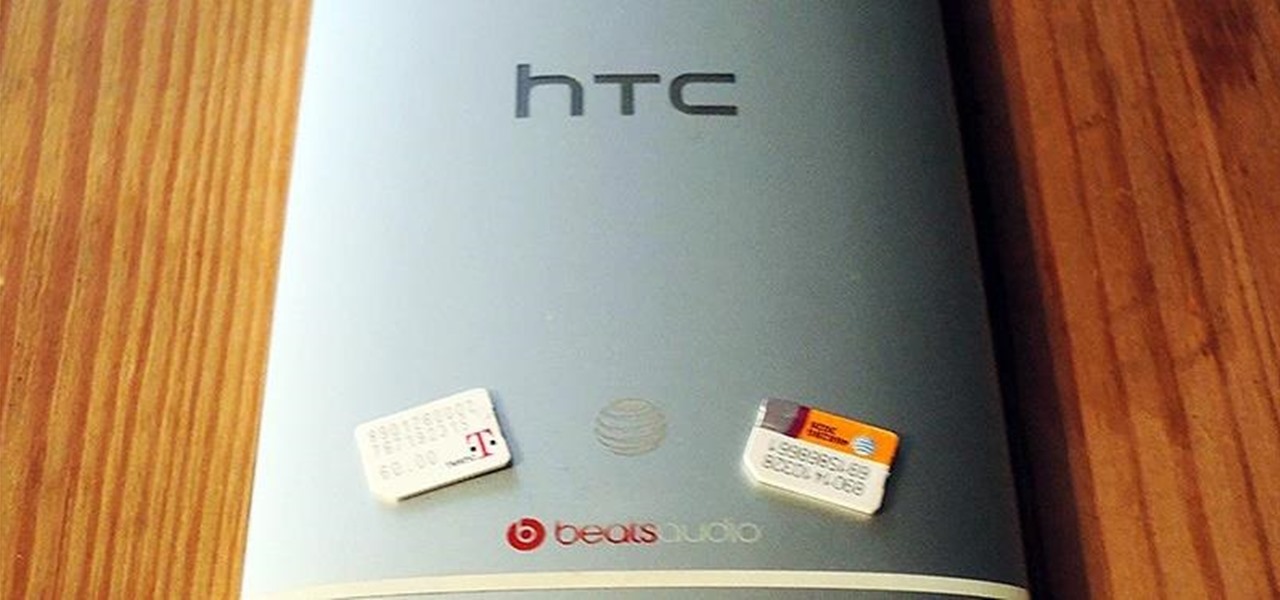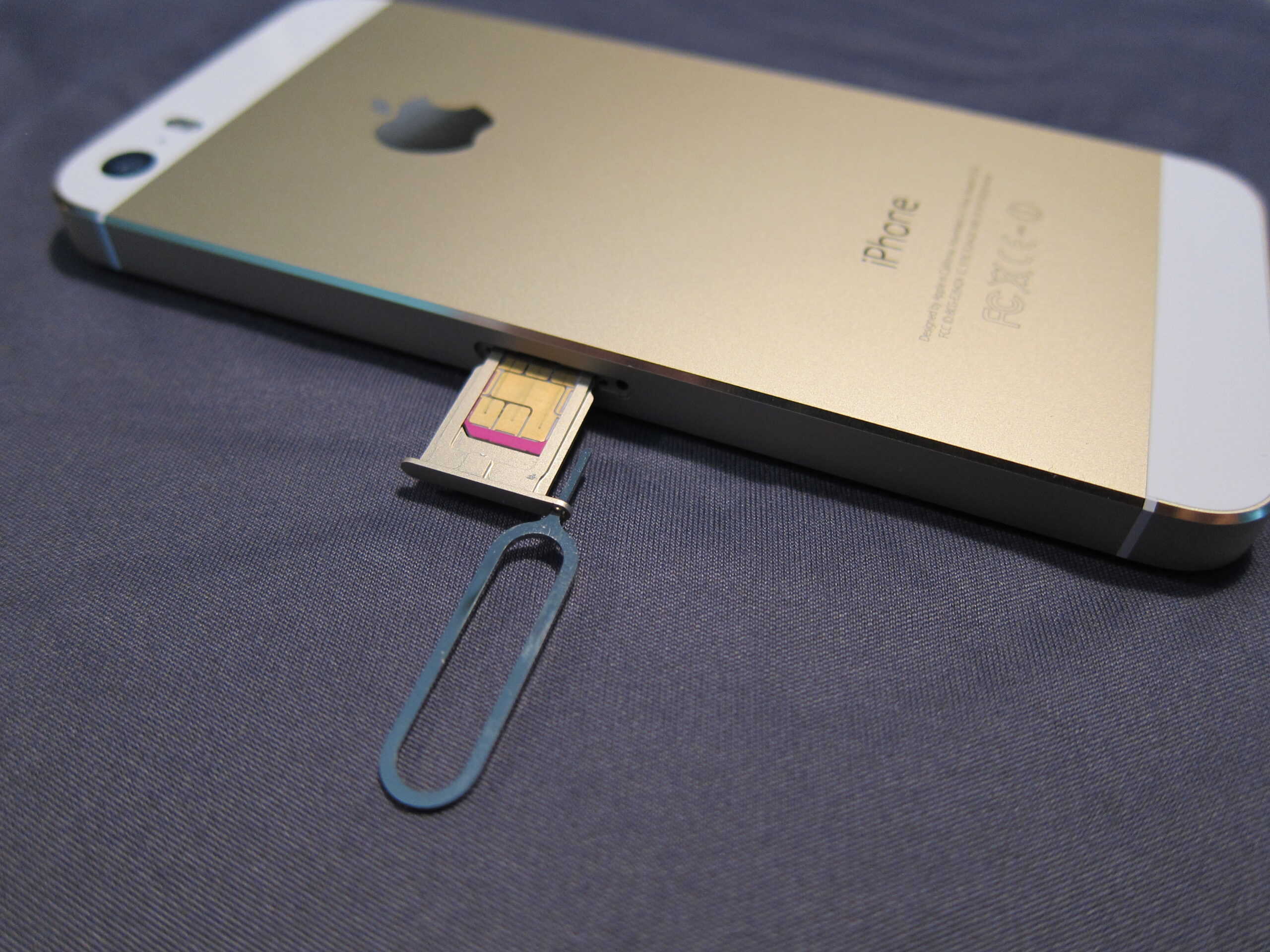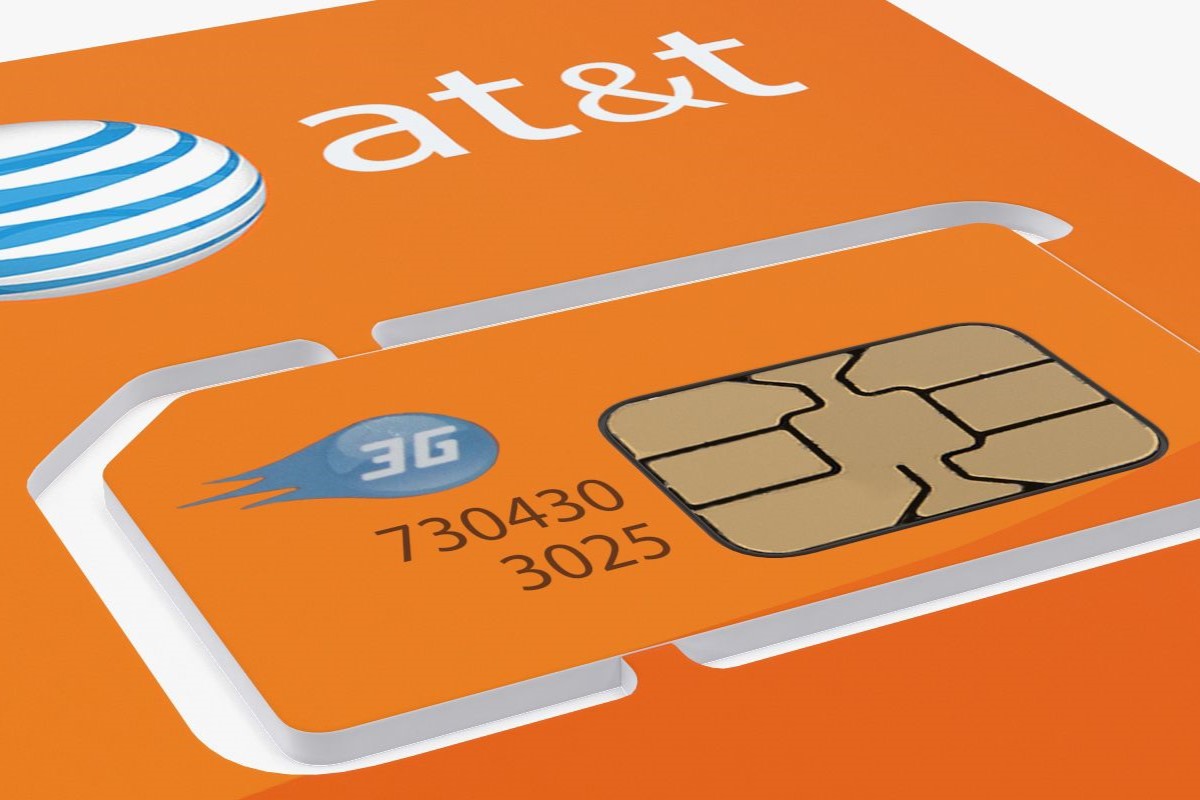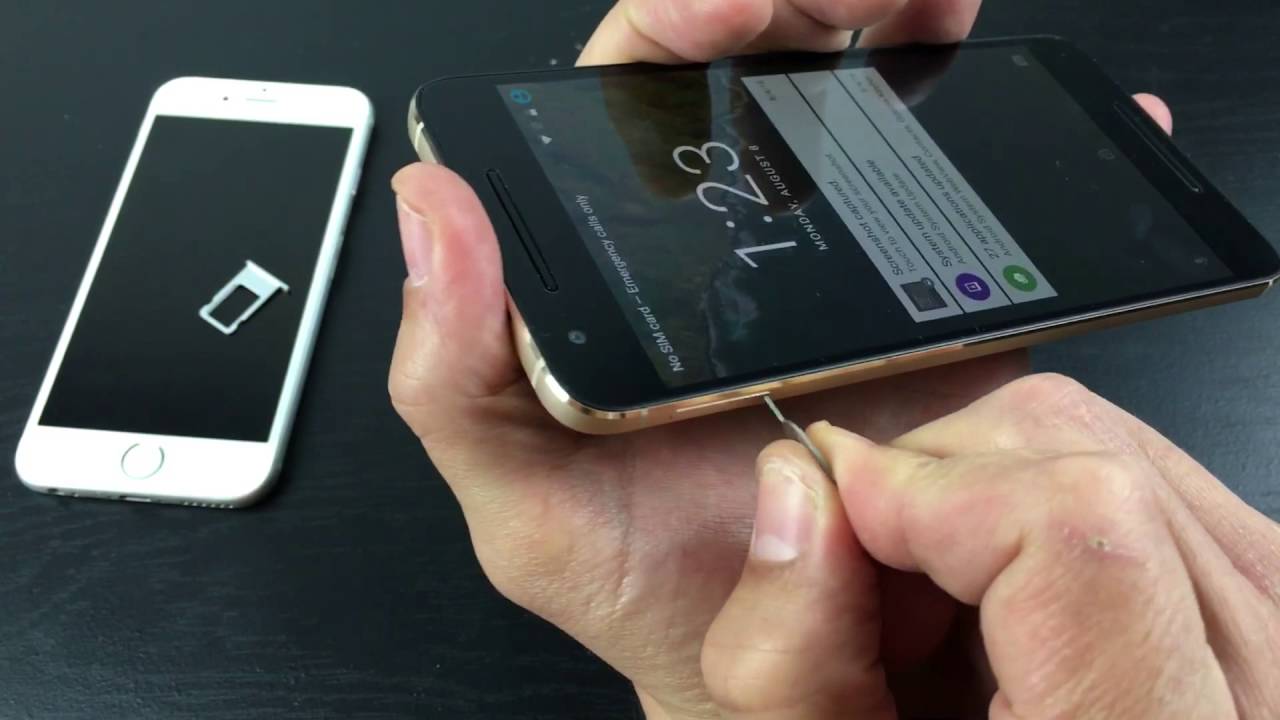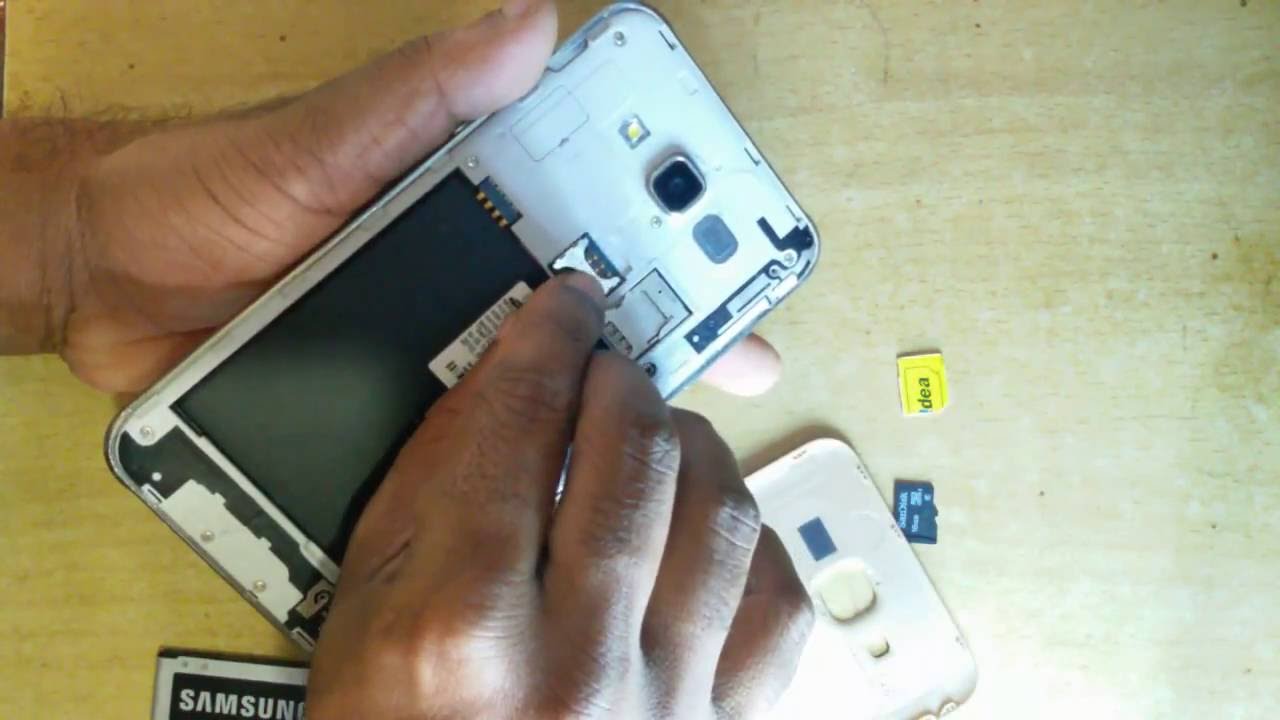Introduction
In the fast-paced world of mobile devices, the evolution of SIM cards has been a crucial aspect of technological advancement. From the traditional full-size SIM cards to the more compact micro and nano SIM cards, the quest for smaller and more efficient devices has driven the need for smaller SIM cards. The nano SIM card, in particular, represents the pinnacle of miniaturization in this domain.
As mobile devices continue to become sleeker and more sophisticated, the need for smaller, yet powerful, components becomes increasingly evident. The nano SIM card is a testament to this trend, as it embodies the drive towards miniaturization without compromising functionality. Its diminutive size belies its significance in the seamless operation of modern smartphones, tablets, and other connected devices.
The understanding of the nano SIM card's size is paramount in comprehending its impact on the mobile landscape. This article delves into the intricacies of the nano SIM card, shedding light on its dimensions, uses, compatibility, and acquisition. By unraveling the nuances of this tiny yet pivotal component, readers will gain a comprehensive understanding of its role in the ever-evolving world of mobile technology.
What is a Nano SIM Card?
A nano SIM card is the smallest form of subscriber identity module (SIM) card used in mobile devices. Its compact size, measuring a mere 12.3mm by 8.8mm, makes it significantly smaller than its predecessors, the standard SIM and micro SIM cards. Despite its diminutive dimensions, the nano SIM card plays a pivotal role in enabling mobile communication and connectivity.
The nano SIM card serves as a unique identifier for a mobile network subscriber and is essential for accessing voice, messaging, and data services. Its reduced size allows for more efficient utilization of space within modern mobile devices, contributing to the sleek and streamlined designs that consumers have come to expect. This diminutive yet crucial component is a testament to the relentless pursuit of miniaturization in the mobile technology industry.
In addition to its compact size, the nano SIM card retains the functionality of its larger counterparts, ensuring seamless integration with various mobile devices. Its diminutive form factor has become the standard for many modern smartphones, tablets, and wearables, reflecting the industry's shift towards smaller and more efficient components.
The nano SIM card's diminutive size has also facilitated the development of slimmer and more lightweight mobile devices, as manufacturers leverage its compact form to design sleeker and more aesthetically pleasing products. This evolution underscores the pivotal role played by the nano SIM card in shaping the contemporary mobile landscape.
In essence, the nano SIM card represents a remarkable feat of engineering, packing essential functionality into a minuscule form. Its significance extends beyond its size, as it embodies the relentless pursuit of innovation and efficiency in the realm of mobile technology. Understanding the nano SIM card's role and capabilities is crucial in appreciating its impact on the seamless operation of modern mobile devices.
Dimensions of a Nano SIM Card
The nano SIM card, with its diminutive dimensions, plays a pivotal role in the seamless operation of modern mobile devices. Measuring a mere 12.3mm by 8.8mm, the nano SIM card represents a remarkable feat of miniaturization in the realm of mobile technology. Its compact size is a testament to the industry's relentless pursuit of efficiency and space optimization within mobile devices.
The nano SIM card's reduced size allows for more efficient utilization of space within contemporary smartphones, tablets, and wearables. This compact form factor has become the industry standard, enabling manufacturers to design sleeker and more aesthetically pleasing products while retaining essential functionality. The diminutive dimensions of the nano SIM card have been instrumental in driving the evolution of slimmer and more lightweight mobile devices, catering to the preferences of modern consumers.
Despite its small size, the nano SIM card retains the essential functionality of its larger predecessors, ensuring seamless integration with a wide range of mobile devices. Its diminutive form factor has become ubiquitous in the mobile technology landscape, reflecting the industry's shift towards smaller and more efficient components.
The nano SIM card's compact dimensions have also facilitated advancements in mobile device design, paving the way for innovative form factors and enhanced user experiences. By occupying minimal space within mobile devices, the nano SIM card contributes to the optimization of internal layouts, allowing for the incorporation of advanced features and capabilities.
In summary, the dimensions of the nano SIM card, measuring 12.3mm by 8.8mm, encapsulate the industry's commitment to miniaturization and efficiency. Its compact size has redefined the standard for mobile device components, driving the evolution of sleeker and more advanced products. Understanding the significance of the nano SIM card's dimensions is essential in comprehending its impact on the seamless operation and design of contemporary mobile devices.
Uses of a Nano SIM Card
The nano SIM card, despite its diminutive size, serves as a vital component in enabling seamless connectivity and communication in modern mobile devices. Its primary function revolves around uniquely identifying a mobile network subscriber, facilitating access to voice, messaging, and data services. Beyond this fundamental role, the nano SIM card plays a pivotal part in enabling various advanced features and functionalities within contemporary smartphones, tablets, and wearables.
One of the key uses of the nano SIM card lies in its ability to enable secure and reliable access to mobile networks. By serving as a unique identifier for a subscriber, the nano SIM card ensures that the associated device can seamlessly connect to the designated mobile network, thereby enabling voice calls, text messaging, and data transmission. This foundational function underpins the core purpose of the nano SIM card, ensuring that mobile devices can effectively harness the capabilities of modern cellular networks.
Furthermore, the nano SIM card plays a crucial role in enabling advanced mobile features, such as secure authentication and encryption. With the increasing emphasis on mobile security and privacy, the nano SIM card's embedded security features are instrumental in safeguarding sensitive data and communications. Its integration within mobile devices enables secure authentication processes and encrypted communication, contributing to a safer and more secure mobile experience for users.
Additionally, the nano SIM card facilitates seamless integration with various mobile services and applications. From mobile banking and payment solutions to secure access to enterprise resources, the nano SIM card serves as a conduit for enabling a diverse array of mobile-centric functionalities. Its presence within modern mobile devices empowers users to leverage a multitude of services and applications, enriching the overall mobile experience.
Moreover, the nano SIM card's compact size and essential functionality have paved the way for its integration into a wide range of connected devices beyond traditional smartphones. From smartwatches and fitness trackers to IoT devices and embedded systems, the nano SIM card's versatility extends its utility to a diverse spectrum of connected technologies, enabling seamless connectivity and communication across various domains.
In essence, the nano SIM card's uses extend far beyond its size, encompassing critical functions that underpin the seamless operation and connectivity of modern mobile devices. Its role in enabling secure access to mobile networks, facilitating advanced mobile features, and empowering diverse mobile services underscores its significance in the contemporary mobile landscape. Understanding the multifaceted uses of the nano SIM card is essential in appreciating its pervasive impact on the functionality and connectivity of modern mobile devices.
Compatibility with Devices
The nano SIM card's compact dimensions and essential functionality have positioned it as the standard form factor for mobile devices, ensuring broad compatibility across a diverse range of smartphones, tablets, wearables, and other connected technologies. Its diminutive size, measuring 12.3mm by 8.8mm, has become ubiquitous in the mobile technology landscape, enabling seamless integration into modern devices.
The widespread adoption of the nano SIM card by mobile device manufacturers underscores its compatibility with an extensive array of devices. From flagship smartphones to budget-friendly handsets, the nano SIM card's universal compatibility ensures that users can easily transition between different devices without encountering compatibility issues. This interoperability is instrumental in providing users with flexibility and choice in selecting and switching between various mobile devices.
Furthermore, the nano SIM card's compatibility extends beyond smartphones to encompass a myriad of connected technologies. From smartwatches and fitness trackers to IoT devices and embedded systems, the nano SIM card's versatility enables seamless connectivity and communication across diverse domains. This broad compatibility empowers users to leverage the benefits of cellular connectivity across an expansive spectrum of devices, enriching their overall connected experiences.
Moreover, the nano SIM card's compatibility with devices transcends hardware specifications and operating systems, ensuring that it can seamlessly interface with devices running on different platforms. Whether it's an Android smartphone, an iOS-powered tablet, or a wearable device running a proprietary operating system, the nano SIM card's universal compatibility enables it to serve as a foundational component for enabling cellular connectivity and communication.
In addition, the nano SIM card's compatibility with devices is not limited by geographical boundaries. Its standardized form factor and widespread acceptance by mobile network operators globally ensure that users can easily utilize their nano SIM-equipped devices while traveling or relocating to different regions. This seamless interoperability contributes to a consistent and hassle-free mobile experience, irrespective of geographical location.
In summary, the nano SIM card's compatibility with a diverse range of devices, spanning smartphones, wearables, IoT technologies, and cross-platform environments, underscores its pivotal role in enabling seamless cellular connectivity. Its universal compatibility empowers users with flexibility, convenience, and consistent connectivity across a broad spectrum of modern devices, reinforcing its status as an indispensable component in the contemporary mobile landscape.
How to Obtain a Nano SIM Card
Obtaining a nano SIM card for your mobile device is a straightforward process that typically involves acquiring the SIM card from a mobile network operator or service provider. Here are the essential steps to obtain a nano SIM card:
-
Visit a Mobile Network Operator or Service Provider: The primary avenue for obtaining a nano SIM card is to visit a local mobile network operator's store or an authorized service provider. These establishments are equipped to provide customers with SIM cards tailored to their specific mobile devices and subscription plans.
-
Check Compatibility and Eligibility: Before obtaining a nano SIM card, it is essential to verify the compatibility of your mobile device with this form factor. Additionally, ensure that your mobile network operator supports nano SIM cards and that your subscription plan accommodates the use of this SIM card type.
-
Request a Nano SIM Card: Upon visiting the mobile network operator's store or service provider, request a nano SIM card suitable for your device. Provide the necessary details, such as your mobile number and subscription information, to facilitate the issuance of the nano SIM card.
-
Activation and Configuration: Once you have obtained the nano SIM card, it is essential to activate and configure it for use with your mobile device. This typically involves following the activation instructions provided by the mobile network operator or service provider, which may include inserting the nano SIM card into your device and completing the activation process through online or automated channels.
-
Data Transfer or New Activation: Depending on your specific situation, you may need to transfer existing data and services from your previous SIM card to the new nano SIM card. Alternatively, if you are initiating a new mobile service subscription, the nano SIM card will be activated to enable access to voice, messaging, and data services.
-
Insert the Nano SIM Card: Once the nano SIM card is activated and configured, insert it into your mobile device following the manufacturer's guidelines. Ensure that the nano SIM card is securely inserted into the designated slot, allowing your device to recognize and utilize the SIM card for cellular connectivity.
By following these steps, you can successfully obtain and activate a nano SIM card for your mobile device, enabling seamless access to mobile networks and essential communication services.
Conclusion
In conclusion, the nano SIM card represents a remarkable fusion of miniaturization and essential functionality, underscoring its pivotal role in the contemporary mobile landscape. With its diminutive dimensions of 12.3mm by 8.8mm, the nano SIM card has redefined the standard for mobile device components, driving the evolution of sleeker and more advanced products. Its compact size, far from being a limitation, has become a catalyst for innovation, enabling the development of slimmer and more lightweight mobile devices while retaining critical functionality.
The uses of the nano SIM card extend beyond its size, encompassing critical functions that underpin the seamless operation and connectivity of modern mobile devices. From enabling secure access to mobile networks and facilitating advanced mobile features to empowering diverse mobile services, the nano SIM card serves as a linchpin for the functionality and connectivity of contemporary mobile devices. Its versatility further extends its utility to a diverse spectrum of connected technologies, ranging from smartwatches and fitness trackers to IoT devices and embedded systems, amplifying its impact across various domains.
Furthermore, the nano SIM card's compatibility with a diverse range of devices, spanning smartphones, wearables, IoT technologies, and cross-platform environments, underscores its pivotal role in enabling seamless cellular connectivity. Its universal compatibility empowers users with flexibility, convenience, and consistent connectivity across a broad spectrum of modern devices, reinforcing its status as an indispensable component in the contemporary mobile landscape.
Obtaining a nano SIM card is a straightforward process that typically involves acquiring the SIM card from a mobile network operator or service provider. By following the essential steps, users can seamlessly transition to a nano SIM card, enabling access to mobile networks and essential communication services.
In essence, the nano SIM card's journey from a standard SIM to a micro SIM and eventually to its current nano form exemplifies the relentless pursuit of miniaturization and efficiency in the mobile technology industry. Its impact on the seamless operation, design, and connectivity of modern mobile devices is undeniable, making it an indispensable component that continues to shape the future of mobile technology. Understanding the nuances of the nano SIM card is essential in appreciating its pervasive influence and contributions to the ever-evolving world of mobile devices.









